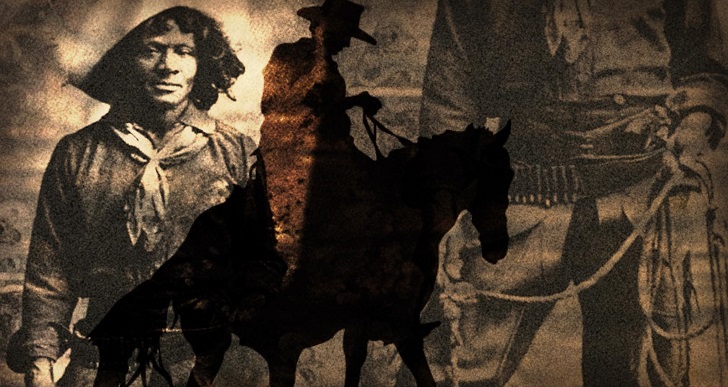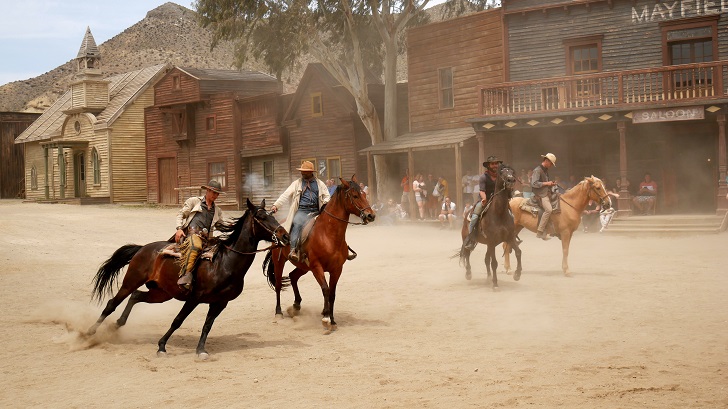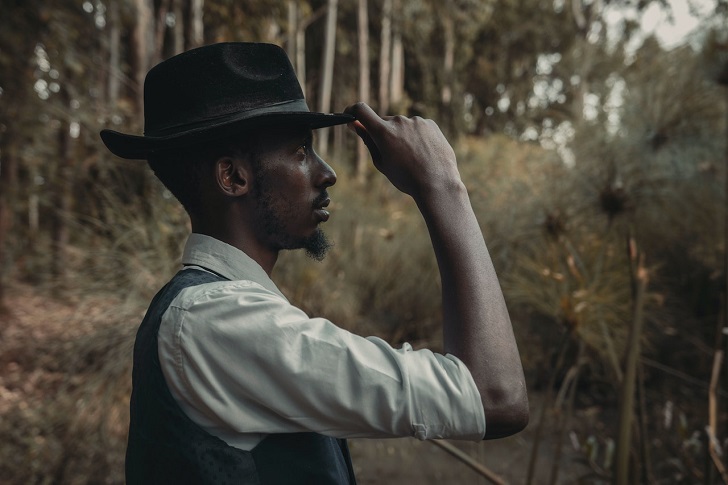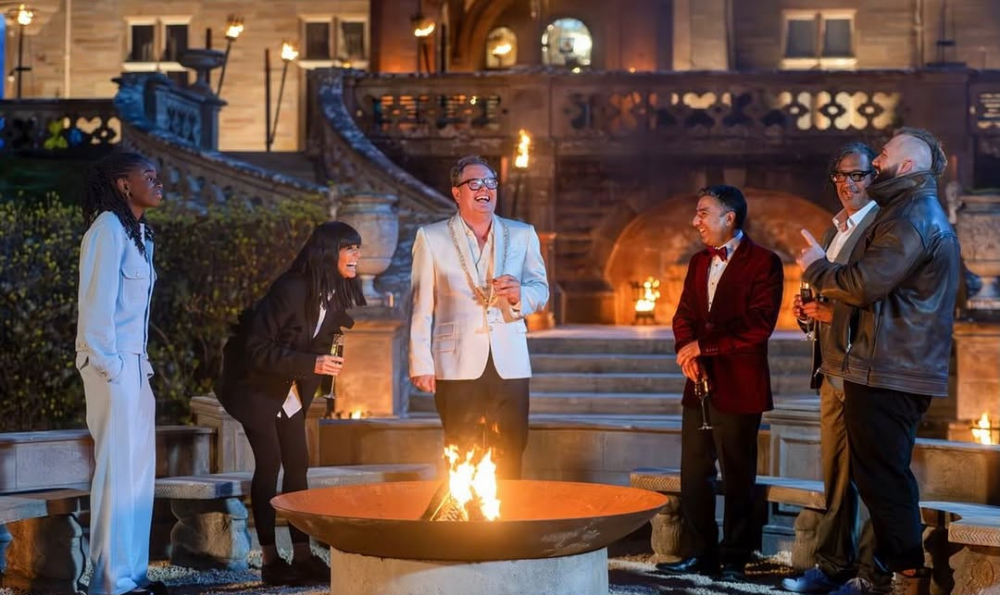In the sprawling history of the American West, an often overlooked chapter shines a spotlight on the significant contributions of Black cowboys. From the mid-1800s to the turn of the 20th century, these skilled and resilient individuals played a vital role in shaping the cattle industry and working alongside their counterparts of various backgrounds.
Their story is one of resilience, adaptability, and a unique skill set that left an indelible mark on the frontier landscape.

BETTMANN/ CONTRIBUTOR/ GETTY IMAGES/ HOWSTUFFWORKS | Black cowboys in the American West accounted for up to an estimated 25% of cowboys
Roots in the South
The story of Black cowboys traces back to colonial South Carolina, where African stock grazers from Senegal in West Africa were sought after for their exceptional cattle herding skills. Similar patterns unfolded in Spanish-American colonies, spanning from Mexico to Argentina. The melding of skills from West Africa and the Americas set the stage for a new narrative in the Western frontier.
A Shift to the West
As the cattle industry expanded, so did the influence of African-American cowboys. By the 1850s, Texas emerged as a hub for the cattle industry and the contributions of Black cowboys.
At this juncture, a staggering one-third of the state's population comprised enslaved workers, many of whom became the backbone of cowboy labor. Their duties ranged from capturing and tending wild cattle in the Gulf Coast brush country to partnering with vaqueros from Mexico to manage cattle drives.

Isaac Berrocal Bravo/ Pexels | By the 1850s, Texas emerged as a significant hub for Black cowboys
Individual Stories of Triumph and Influence
Within this tapestry of history, individual stories shine brightly. Francis Richard Lubbock, the Civil War governor of Texas, entrusted his cattle to enslaved cowboys, including one named Willis, who used his earnings to secure freedom for himself and his family.
James Taylor White, a Texas cattle baron, relied on African-American drovers to manage his vast cattle holdings. Amanda Wildy's herd of cattle was tended to by African-American slave cowboys as early as 1854.
Post-Civil War Pioneers
After the Civil War, the legacy of Black cowboys expanded further. Figures like Pete Staples, a former Texas slave who participated in the pioneering cattle drives to Kansas, and Bose Ikard, who navigated the Goodnight-Loving Trail from Texas to Denver, carved their paths.
Jim Perry played a role on the vast XIT Ranch in the Texas Panhandle. Due to his cattle brand, Daniel Wallace, later known as 80 John, emerged as one of Texas' most successful Black ranchers.

Nicholas Githiri/ Pexels | Over the decades, African Americans – although still present – became smaller and smaller percentages of herders and drovers as whites moved into the industry
A Westward Migration
As the cattle industry extended beyond Texas, Black cowboys ventured across the West, making their mark in every state and territory. While Arizona Territory, California, Nevada, and New Mexico Territory saw significant numbers, African Americans worked tirelessly in various corners of the region.
In Arizona Territory, John Swain and John Batavia worked for former Texas Ranger John Slaughter. Thornton Biggs held his own in northern Colorado, while Nat Love made his presence known in the Dakota Territory.
The Changing Landscape
Despite their formidable presence, the role of Black cowboys gradually diminished as white workers entered the industry. By 1890, only 3 percent of the 473 cowboys in Texas were African American. Across the entire Western region, Black cowboys comprised just around 2 percent of the total workforce. Economic shifts and pursuing better opportunities in other industries played a role in this transition.




